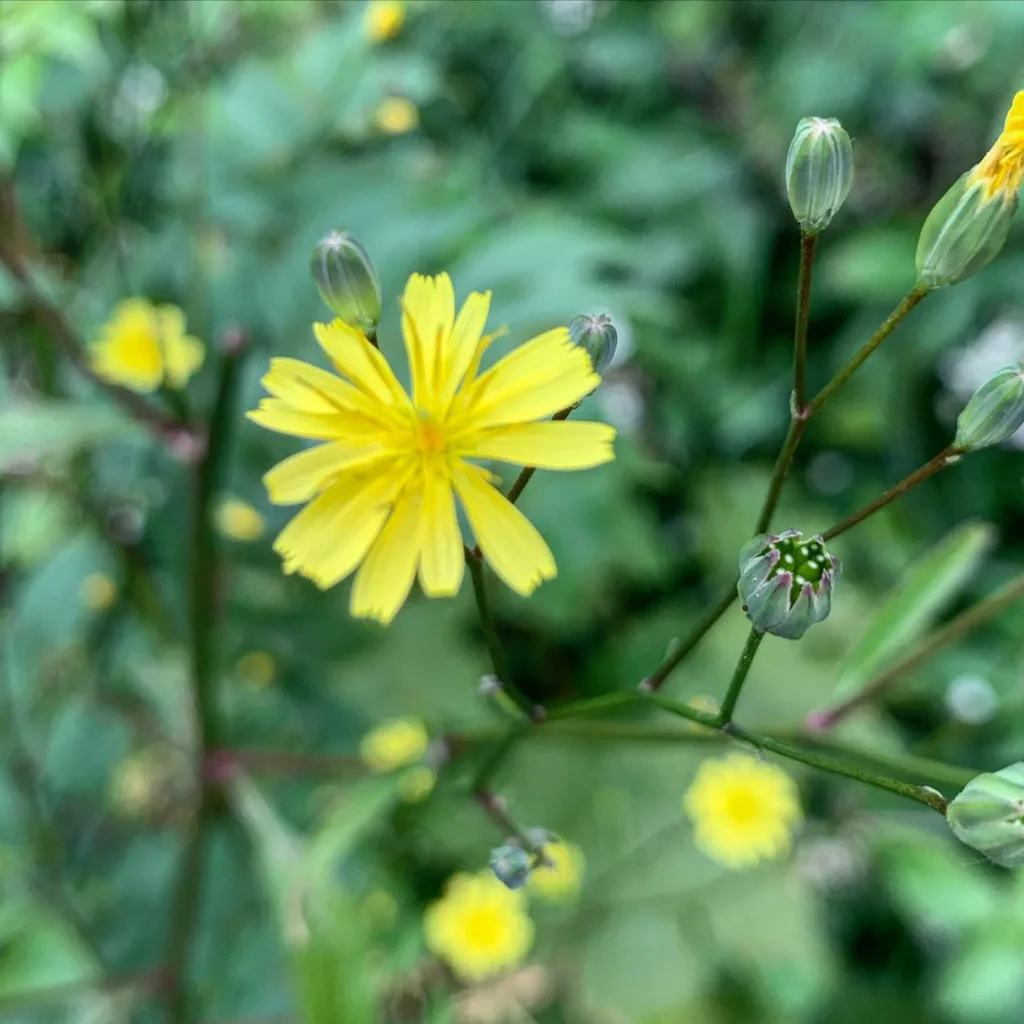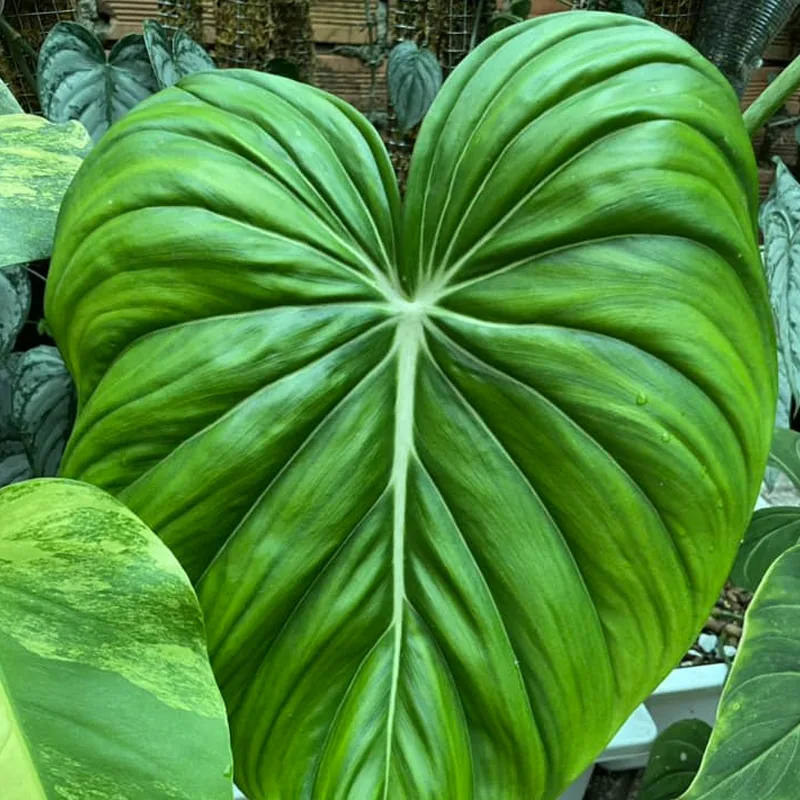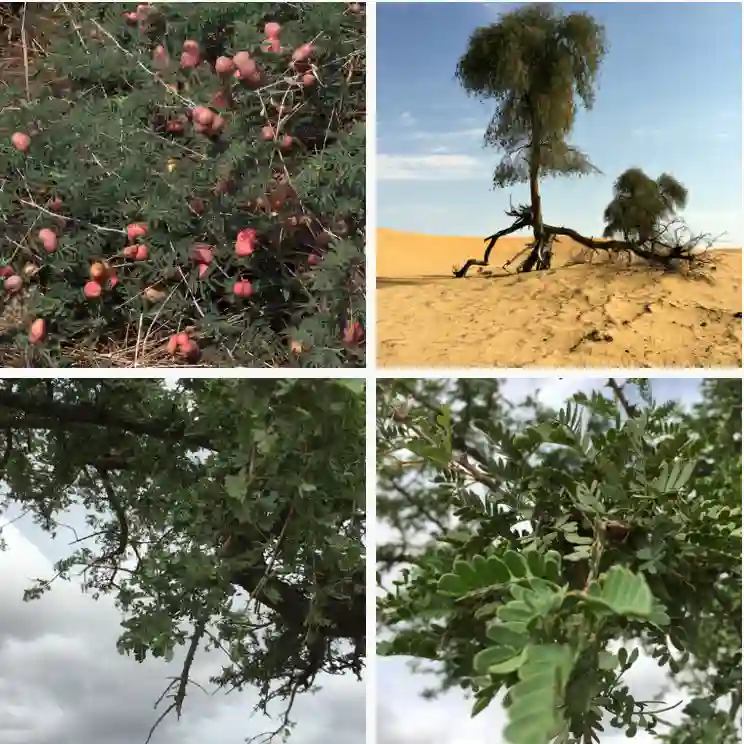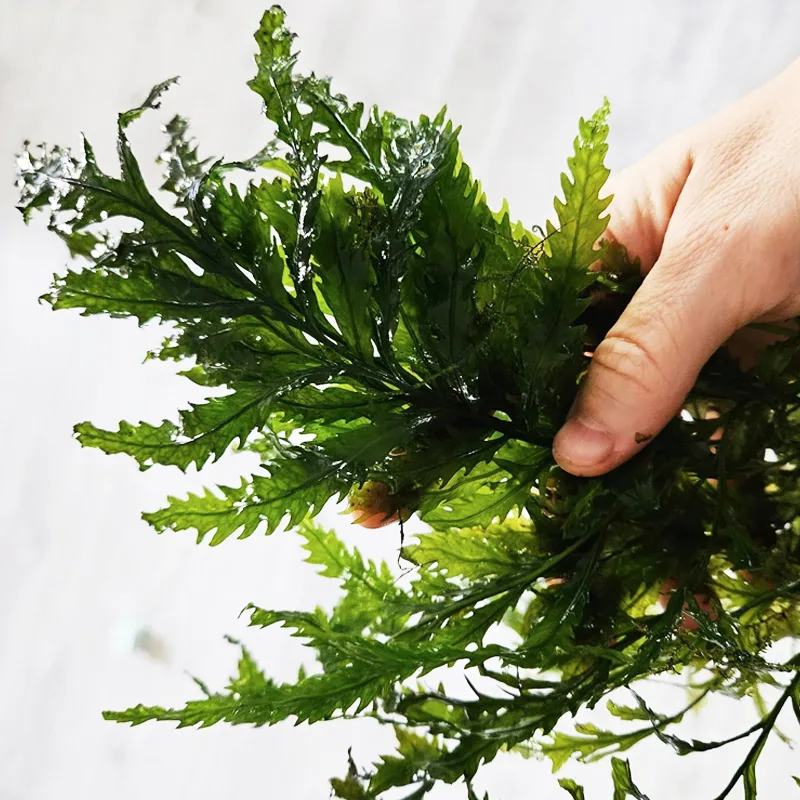The Alseuosmiaceae Plant Family: My Experience and Insights
As a plant enthusiast, I’ve come across a wide variety of plant families, each with its unique characteristics. One family that has always intrigued me is Alseuosmiaceae. While not as widely recognized as some other families, its fascinating traits and unique genera have captured my interest over time. In this article, I’ll dive into the Alseuosmiaceae family and share my thoughts, experiences, and observations about these plants.
Overview of the Alseuosmiaceae Family
The Alseuosmiaceae plant family is a small but distinctive group of flowering plants native to the Southern Hemisphere. Most of the species in this family are shrubs, known for their fragrant flowers and glossy leaves. They thrive in subtropical and temperate regions, with New Zealand, New Guinea, and Australia being their primary habitats.
I’ve always found the delicate structure and sweet scent of these plants captivating. Their flowers, typically tubular in shape, add an ornamental value that makes them stand out in gardens or natural landscapes. Though they aren’t commonly found in cultivation compared to other popular garden shrubs, the Alseuosmiaceae family has a quiet, understated elegance.
Genera in the Alseuosmiaceae Family
This family comprises several genera, each with its unique characteristics. Below is a list of genera within the Alseuosmiaceae family:
- Alseuosmia
- Wittsteinia
- Periomphale
- Montiga
Each of these genera offers a different botanical experience. Some species are more well-known for their aesthetic appeal, while others are valued for their hardiness in different climates.
Alseuosmia
The genus Alseuosmia is the most notable in this family, and it’s one that I’ve personally encountered on several occasions. Alseuosmia species are small to medium-sized shrubs, often found in forested areas in New Zealand. What makes them so appealing is their delicate, tubular flowers, which emit a sweet fragrance. This fragrance is strong enough to attract pollinators, which is essential for their reproduction.
In my experience, growing Alseuosmia requires a bit of patience. They prefer a shaded location with well-drained soil. If you can provide a moist, sheltered environment, the plant will reward you with clusters of pink, red, or white flowers that brighten any shaded garden area. Their small stature also makes them ideal for gardeners working with limited space.
Wittsteinia
Another genus I find particularly interesting is Wittsteinia, which includes shrubs native to parts of Australia. The species within this genus are more robust compared to Alseuosmia and tend to grow in slightly more exposed areas. The flowers of Wittsteinia aren’t as showy or fragrant, but they offer a subtle charm with their compact, bushy growth. These plants are well-suited for gardeners seeking low-maintenance shrubs that can tolerate a bit of neglect.
From my experience, Wittsteinia thrives in both full sun and partial shade, making it a versatile option for a variety of garden designs. It’s a reliable plant that doesn’t require constant care, which makes it a great choice for beginners.
Periomphale
Though lesser-known, Periomphale deserves mention for its unique characteristics. Native to New Guinea, Periomphale plants have a more tropical flair, which fascinates me. They are less common in cultivation, so I haven’t had the opportunity to grow one myself yet, but their structure and habitat preferences suggest they would do well in a tropical garden or a greenhouse environment.
Montiga
Finally, Montiga is a genus that, like Periomphale, is native to New Guinea. These species are often found in montane forests, which adds to their allure for those who enjoy growing plants that originate in cooler, high-altitude climates. Montiga plants tend to have leathery leaves and inconspicuous flowers. While they may not be showstoppers in terms of appearance, they make up for it with their adaptability to various growing conditions.
My Experience Growing Alseuosmiaceae Plants
I’ve had the opportunity to cultivate a few species from the Alseuosmia and Wittsteinia genera, and while they may not be the easiest plants to grow, they are certainly rewarding. The trick with these plants is understanding their natural habitats and mimicking those conditions as closely as possible in the garden.
Alseuosmia, for instance, thrives in a sheltered, forest-like environment. It took me a while to figure out the right balance of moisture and shade, but once I got the conditions right, the plant flourished. Wittsteinia, on the other hand, was a bit more forgiving and adapted well to the mixed sunlight in my garden.
Both genera have added a subtle beauty to my garden, with their evergreen leaves providing a nice backdrop for other, more vibrant plants. I’ve found that they pair well with ferns, creating a lush, woodland-like atmosphere.
The Importance of the Alseuosmiaceae Family in Gardens
While not the most common choice for gardeners, the Alseuosmiaceae family offers plenty of charm for those who appreciate subtler, more understated plants. Their fragrant flowers, evergreen foliage, and adaptability to shaded environments make them a great addition to any garden seeking a natural, forested look.
In my experience, Alseuosmiaceae plants don’t just stand out because of their appearance. Their ability to attract pollinators, especially bees, adds an ecological benefit to the garden. They fit well into a biodiversity-friendly landscape, enhancing the natural ecosystem.
Conclusion
The Alseuosmiaceae plant family may not be as well-known or as widely grown as some other families, but it holds a special place in my heart. With genera like Alseuosmia and Wittsteinia offering a range of ornamental and practical benefits, these plants are worth considering for anyone looking to diversify their garden with something a little different. I’ve enjoyed cultivating them and look forward to exploring more species within this fascinating family.
If i die, water my plants!



